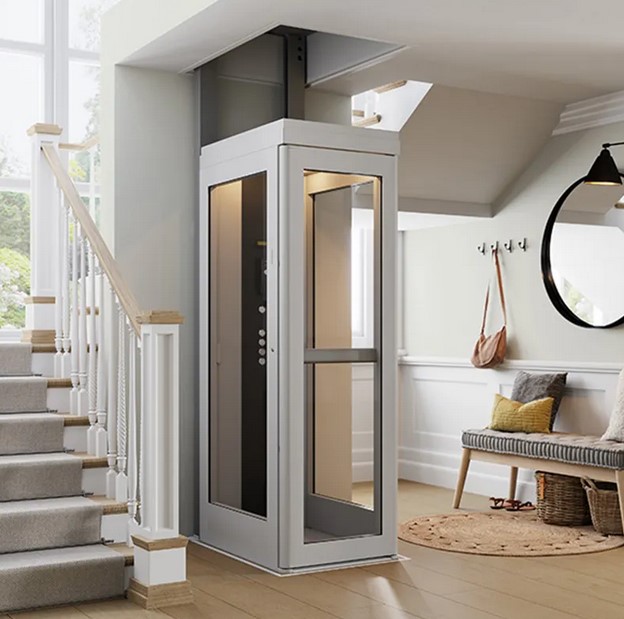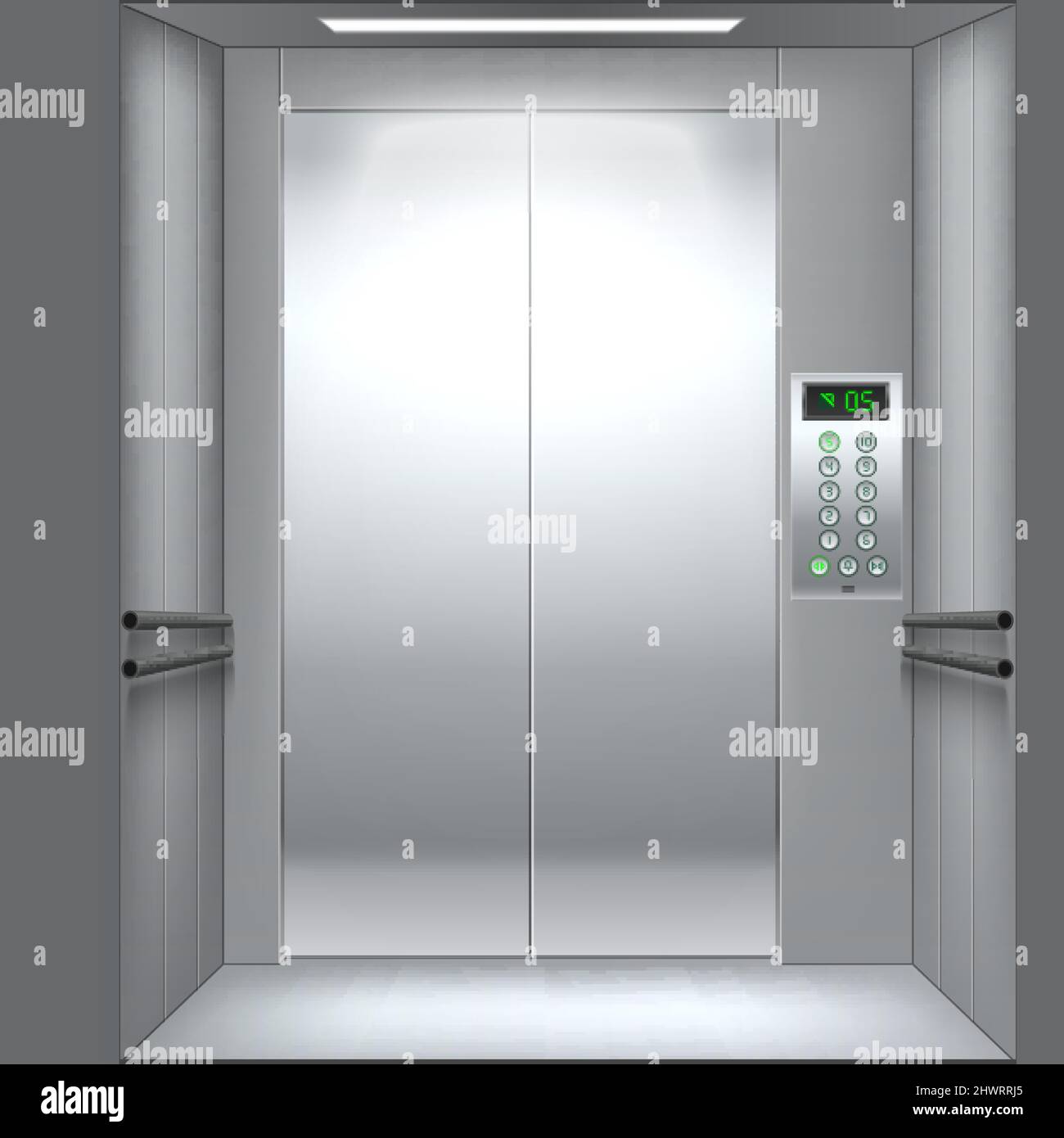Delving Into the Globe of Elevators: Common Problems Faced by Numerous Lift Mechanisms
As we browse via the vertical transport systems of modern-day structures, elevators stand out as a crucial component of our everyday lives. From hydraulic lifts to grip systems and machine-room-less designs, each lift type comes with its set of common concerns.
Hydraulic Elevators
Hydraulic lifts, frequently liked for low-rise structures, make use of fluid stress to control the movement of the lift automobile (lift repair companies). This device entails a hydraulic pump pressing oil into a cylinder, creating the lift to move in the desired direction. While hydraulic elevators are understood for their smooth and silent procedure, they do come with their own set of common issues
One common problem with hydraulic elevators is oil leak. In addition, problems with the control system, such as malfunctioning valves or a malfunctioning pump, can trigger disruptions in the elevator's activity.
Regular maintenance and timely repair work are vital to make sure the smooth performance of hydraulic lifts. By dealing with these common concerns proactively, building owners can decrease downtime and make certain the security and effectiveness of their vertical transport system.
Grip Lifts
When thinking about vertical transport systems in buildings, an additional typical type apart from hydraulic elevators is the grip elevator. Grip elevators run utilizing a system of ropes and counterweights that relocate the elevator vehicle by clutching onto the hoist ropes. This system allows for smoother and much faster vertical transport contrasted to hydraulic systems.
One of the typical issues encountered by traction lifts is rope wear. The constant movement of the ropes within the grip system can result in tear and use over time, potentially creating the lift to breakdown or become dangerous for use. Routine inspections and maintenance of the ropes are vital to ensure the lift's proper performance and security.
An additional issue that grip lifts may run into is connected to the control system. Troubles with the control system can lead to problems such as irregular movement, delays in reaction times, and even total closures. Regular screening and maintenance of the control system are important to avoid such problems and make certain the elevator's dependability.
Machine-Room-Less (MRL) Elevators

Among the crucial components of MRL lifts is the compact gearless grip device that is installed within the hoistway. This maker efficiently drives the lift auto without the need for cumbersome devices located in typical traction lifts. Furthermore, MRL lifts typically make use of a counterweight system to stabilize the vehicle, more improving their power effectiveness.
In spite of their advantages, MRL lifts may encounter obstacles associated to repair and maintenance because of the restricted room for equipment installation. Availability for servicing elements within the shaft can be restricted, requiring specialized training for service technicians. Correct maintenance schedules and routine assessments are crucial to ensure the ongoing smooth procedure of MRL lifts.
Overloading and Weight Limit Issues
Are elevators geared up to manage excess weight tons efficiently and securely? Straining and weight restriction concerns are critical issues in elevator operations. Elevator producers style lifts with particular weight capabilities to guarantee traveler security and devices durability. Exceeding these weight limits can result in various problems, including mechanical failings, hold-ups, and security dangers.
When lifts are strained, it places excessive strain on the motor, cable televisions, and other parts, potentially causing breakdowns or failures. Safety devices such as sensors and overload sensing units are in place to prevent lifts from moving if they spot excess weight. Additionally, surpassing weight limits can bring about enhanced power usage and wear and tear on the lift system.
To reduce overloading concerns, developing managers must prominently show weight limits in lifts and educate owners on the value of sticking to these restrictions - lift repair companies. Normal maintenance checks by qualified specialists can additionally help make sure that lifts read are operating within risk-free weight discover here parameters. By attending to overloading and weight restriction problems proactively, structure owners can boost elevator security and performance
Electrical System Failures
Going beyond weight restrictions in elevators can not only cause mechanical concerns but likewise possibly add to electric system failures within the lift infrastructure. Electrical system failings are a crucial worry in lift procedure, as they can cause unexpected shutdowns, malfunctions, or perhaps safety and security hazards. One typical electric problem is the getting too hot of parts due to excessive existing circulation triggered by overwhelming the elevator beyond its capacity. This can lead to harm to the control, electric motor, or electrical wiring systems, leading to expensive fixings and downtime.
Furthermore, power surges or variations in the electric supply can likewise interrupt the elevator's procedure, influencing its efficiency and security. These electrical disruptions can harm sensitive elevator components such as control panels, motherboard, or sensing units, resulting in system failures. Regular maintenance and inspections are important to determine and address possible electrical issues immediately, guaranteeing the efficient and secure procedure of elevator systems. By sticking to weight limits and performing routine electric system checks, building proprietors can alleviate the threat of electrical failures in lifts.
Conclusion

Hydraulic elevators, often favored for low-rise buildings, make use of fluid pressure to regulate the movement of the lift cars and truck.When considering upright transportation systems in structures, another typical kind aside from hydraulic lifts is the traction elevator. Grip lifts run making use of a system of ropes and counterweights that move the lift auto by clutching onto the hoist ropes. Unlike conventional lifts that require a different machine space to house the tools, MRL elevators incorporate many of the components within the shaft, removing the need for a committed machine space.In verdict, elevators deal with usual issues such as hydraulic malfunctions, grip system failures, and electric system problems.
Comments on “Discover the very best Disabled Platform Lifts Prices UK for Residential and Commercial Use”